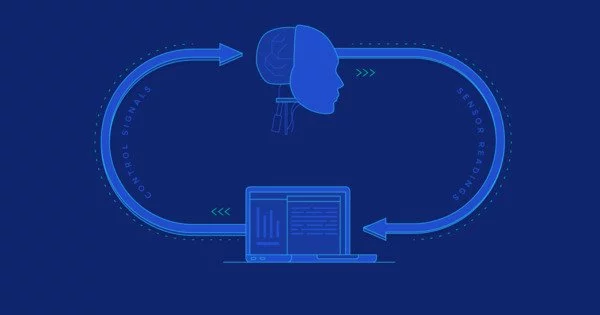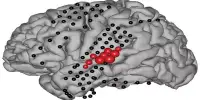Mind-control robots are not yet a reality in the sense that there are no fully functional robots that can be controlled solely by the human mind. However, there has been significant progress in the field of brain-computer interfaces (BCIs), which allow individuals to control machines and devices with their thoughts.
University of Technology Sydney (UTS) researchers have developed biosensor technology that will allow you to operate devices such as robots and machines solely through thought control. The advanced brain-computer interface was created in collaboration with the Australian Army and the Defence Innovation Hub by Distinguished Professor Chin-Teng Lin and Professor Francesca Iacopi of the UTS Faculty of Engineering and IT.
In addition to military applications, the technology has significant potential in fields such as advanced manufacturing, aerospace, and healthcare, such as allowing people with disabilities to control wheelchairs or operate prosthetics.
We were able to overcome issues of corrosion, durability, and skin contact resistance by using cutting-edge graphene material combined with silicon to develop the wearable dry sensors.
Professor Iacopi
“The hands-free, voice-free technology can be used outside of laboratory settings at any time and from any location. It renders interfaces like consoles, keyboards, touchscreens, and hand-gesture recognition obsolete” Professor Iacopi stated.
“We were able to overcome issues of corrosion, durability, and skin contact resistance by using cutting-edge graphene material combined with silicon to develop the wearable dry sensors,” she explained.
The peer-reviewed journal ACS Applied Nano Materials has just published a new study outlining the technology. It demonstrates that the graphene sensors developed at UTS are highly conductive, simple to use, and durable.

The hexagon-patterned sensors are placed on the back of the scalp to detect brainwaves from the visual cortex. Because the sensors are resistant to harsh conditions, they can be used in harsh operating environments. The user wears a head-mounted augmented reality lens that displays white flickering squares. By concentrating on a specific square, the biosensor detects the operator’s brainwaves, and a decoder converts the signal into commands.
The Australian Army recently demonstrated the technology, in which soldiers used the brain-machine interface to control a Ghost Robotics quadruped robot. The device enabled hands-free control of the robotic dog with up to 94% accuracy.
“In two seconds, our technology can send at least nine commands. This means we have nine different types of commands, and the operator can choose one of them within that time frame “According to Professor Lin. “We’ve also looked into how to reduce noise from the body and environment in order to get a clearer signal from an operator’s brain,” he said.
The researchers believe the technology will be of interest to the scientific community, industry, and government, and they hope to advance brain-computer interface systems further.
















